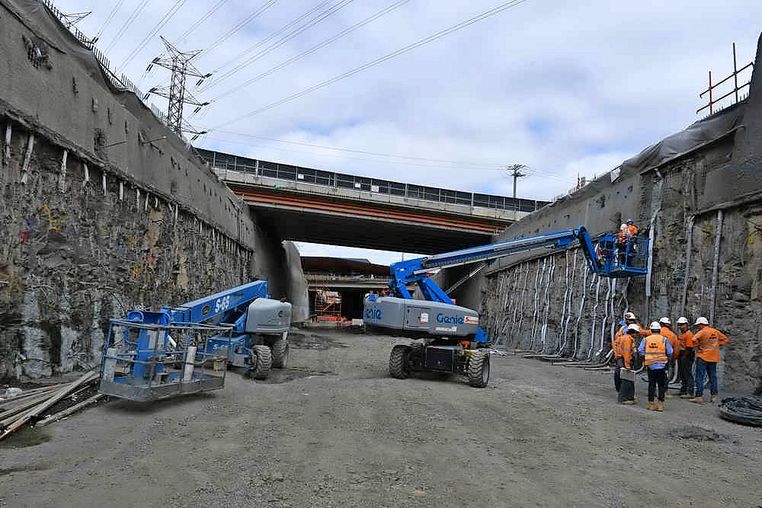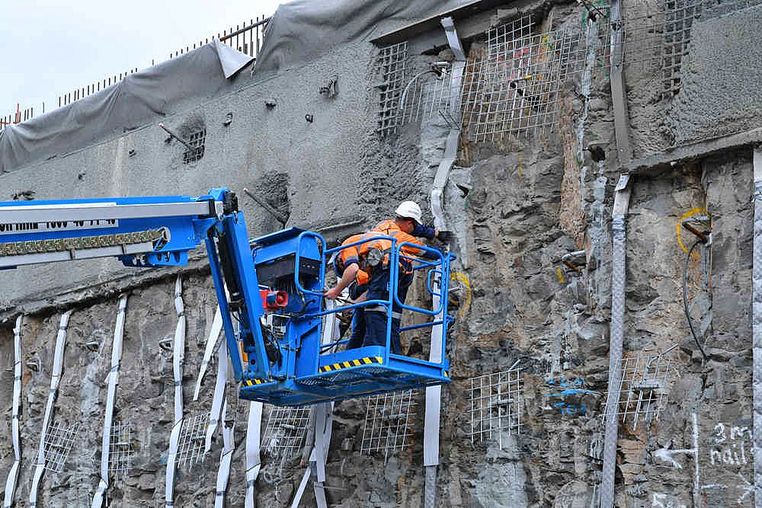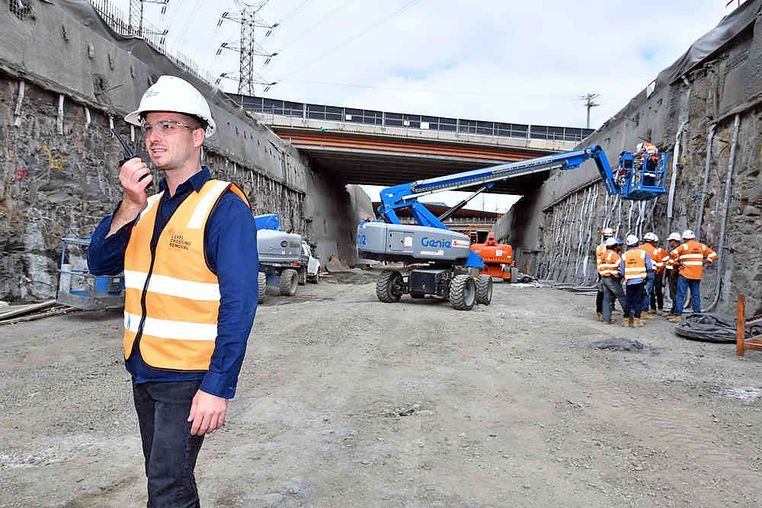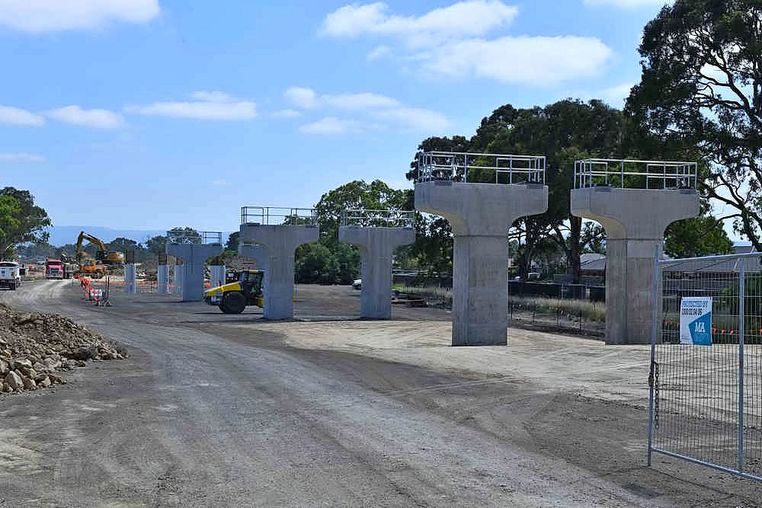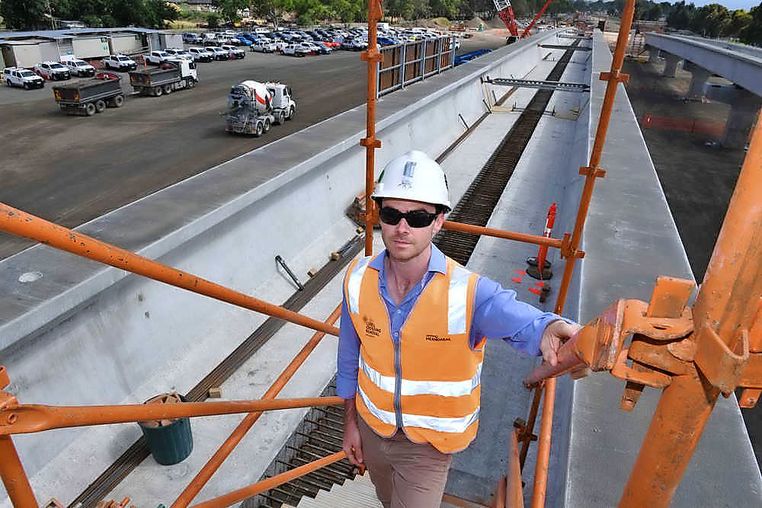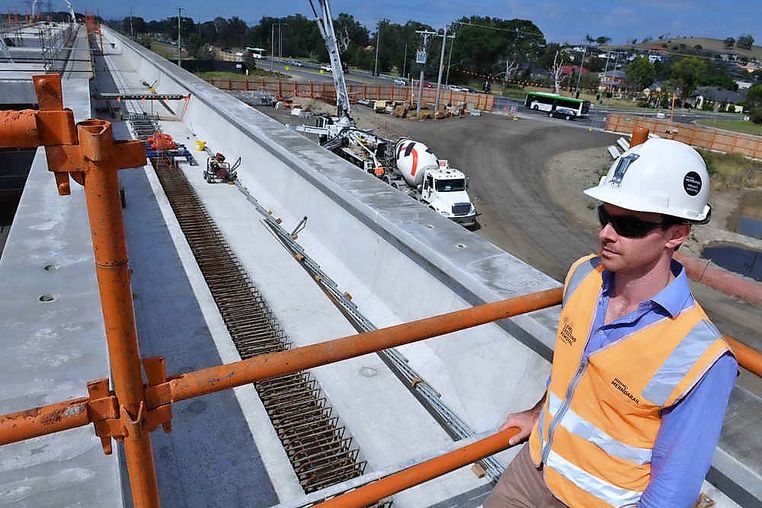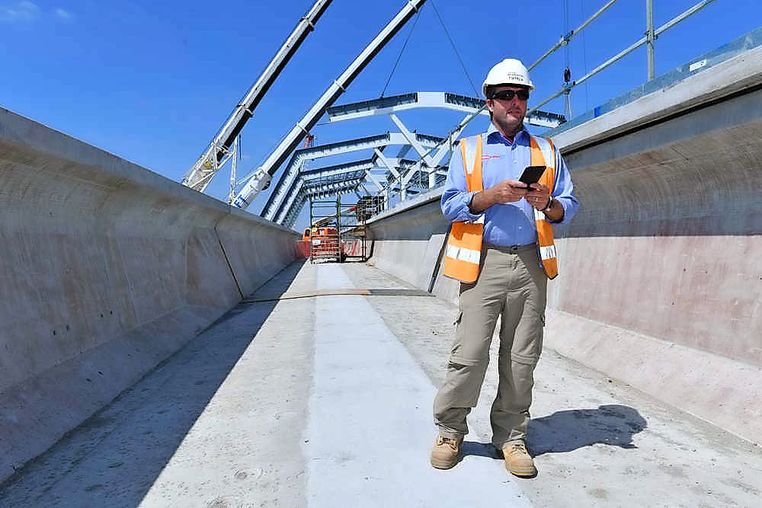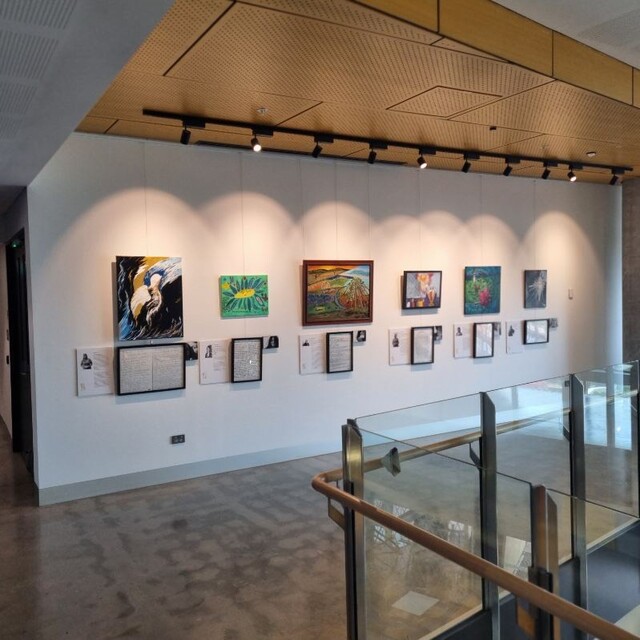Specially-designed concrete troughs, aimed at minimising noise from passing trains, are being installed across the Mernda rail corridor in an Australian industry first.
Known as u-troughs, the concrete segments run along the elevated sections of the corridor, allowing trains to sit lower in the track.
The innovative technology has been used overseas but this is the first time it has been used on an Australian rail project.
Businesses from across the state have been called on to help create the u-troughs, with pre-cast concrete yards at Echuca, Kilmore and Laverton called on to help out.
John Holland project director Joseph Aygur said the concrete segments were trucked on to the site, complete with a VicRoads escort.
“The project team has almost finished installing the concrete beams for both Mernda and Hawkstowe stations and we’ve started work in the 30-metre beams over Simon Creek and The Parkway,” he said.

Level Crossing Removal Authority project director Graeme Chambers said the $600 million rail extension was on track, with trains expected to start running in early 2019.
Already, crews have broken through 21 thousand cubic metres of basalt rock from the South Morang station forecourt and under McDonalds Road, allowing them to extend the rail tracks beyond South Morang.
The rock, which is five times stronger than concrete – is crushed on site and reused on other parts of the project.

Crews are also building the train track underneath McDonalds and Plenty roads, resulting in temporary traffic changes on both roads. Bridge beams over Hawkstowe Parade and Bridge Inn Roads have also been installed, while the stations at Marymede, Hawkstowe and Mernda are already taking shape.
At last count, close to 500 people were working on the project.

Work will soon start on upgrading the overhead wiring between Epping and South Morang in preparation for the new trains.
Mr Chambers said earthworks, including removing rock under Plenty Road, also needed to be completed to allow signalling, trenching and rail track works to be completed before trains can be tested on the new line.


